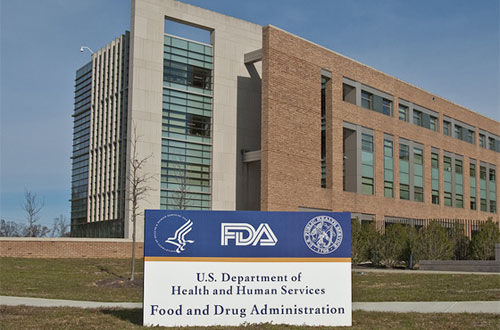
The FDA has said it will need more information before it can approve AstraZeneca’s combination diabetes therapy saxagliptin/dapagliflozin in a setback for the company.
The US regulator issued a Complete Response Letter (CRL) this week saying that it will need to see more clinical data on the fixed-dose combination product – intended to treat patients with type 2 diabetes.
In a statement, AZ said that some of this information could come from completed or ongoing studies, but it did not rule out the possibility of having to carry out additional trials, potentially delaying approval for some time.
The combination of DPP-4 inhibitor saxagliptin – sold by AZ as Onglyza – and SGLT2 inhibitor dapagliflozin (marketed as Farxiga/Forixiga) is considered to be a key component of the company’s late-stage diabetes pipeline.
The two drug classes are both growing quickly in the marketplace thanks to clinical data showing improved glucose control compared to older oral antidiabetic drugs (OADs).
Now, AZ’s hopes of catching up with diabetes rivals Eli Lilly and Boehringer Ingelheim which launched the first DPP4/SGLT2 inhibitor combination in March.
Glyxambi (linagliptin and empagliflozin) beat AZ and other developers such as Johnson & Johnson/Mitsubishi Tanabe and Pfizer/Merck & Co to the US market
DPP-4 inhibitors are already widely used in diabetes and SGLT2 inhibitors are fast gaining ground, despite some initial concerns about safety.
Analysts have predicted that combinations of the two will eventually claim a healthy share of the market for oral type 2 diabetes therapies thanks to their simpler dosing regimens that will reduce pill burden and improve compliance.
SGLT2 inhibitors remove glucose through the urine by blocking blood glucose re-absorption in the kidney, while DPP-4 inhibitors work by increasing hormones that stimulate the pancreas to produce more insulin and stimulate the liver to produce less glucose.
Both saxagliptin and dapagliflozin were originally developed by AZ and Bristol-Myers Squibb (BMS) as part of their alliance formed in 2007, which was dissolved last year. AZ paid $2.7bn to take control of the programme, with an additional $1.4bn payable if certain development and sales milestones are met.
The delay raises the possibility that AZ could be beaten to market by J&J/Mitsubishi Tanabe’s teneligliptin/canagliflozin candidate and sitagliptin/ertugliflozin from Merck/Pfizer, which are in late-stage development.
In a statement, AZ said it will “work closely with the FDA to determine the appropriate next steps for the [marketing application] and remains committed to the development of the saxagliptin/ dapagliflozin fixed-dose combination”.




